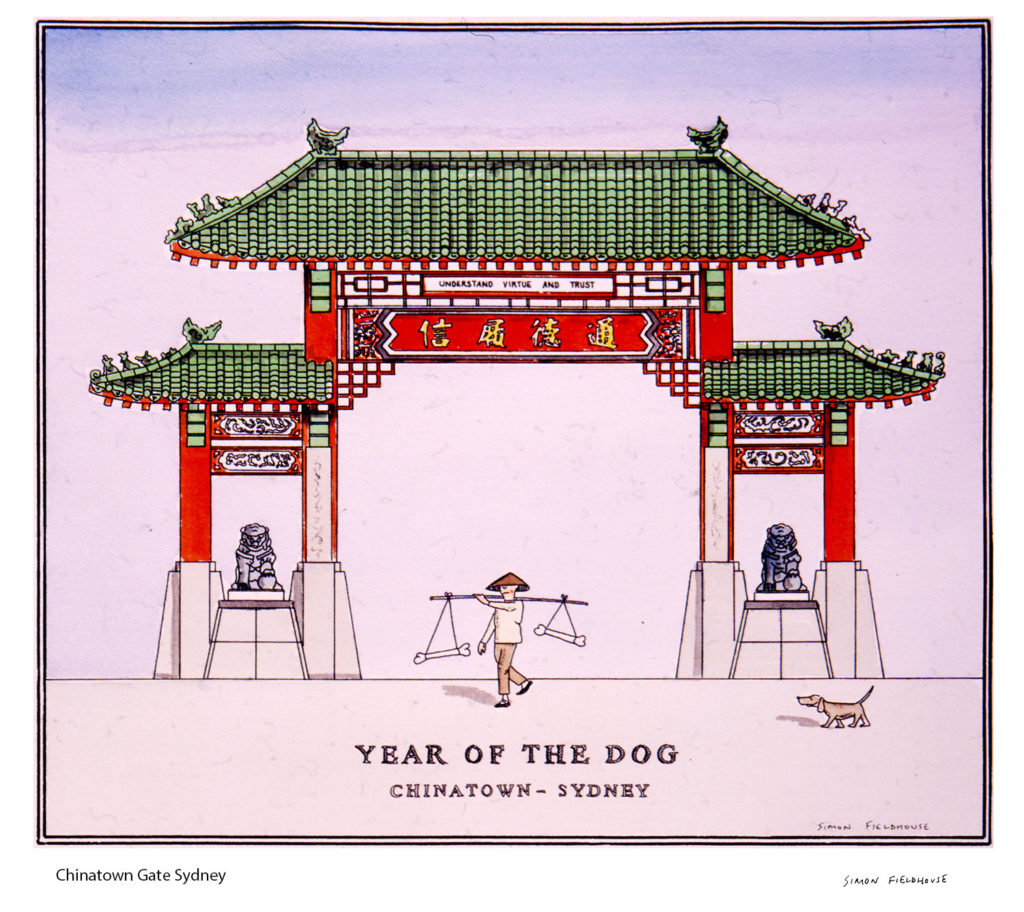
Chinatown Gate Sydney
Chinatown Gate Sydney and Chinatown in the current location is the third in Sydney to be known as Chinatown. In the late 19th century, it was located in the Rocks area of Sydney and later moved to the area near Market Street at Darling Harbour. By the 1920s, it began to be established in its current location. Chinatown is centred on Dixon Street, a pedestrian street mall with many Chinese restaurants, and with a Paifang at each end. At the eastern side, running parallel with Dixon Street, are Sussex Street, which has a number of shops, and George Street, one of Sydney's main thoroughfares. At the eastern end of Chinatown, at the corner of George Street and Hay Street, there is a sculpture made from a dead tree trunk; created by artist Lin Li in 1999 and named Golden Water Mouth, it was said by its instigators to bring good fortune to the Chinese community. Other streets and lanes within Sydney's Chinatown include Factory Street, Goulburn Street, Little Hay Street, Kimber Lane and Thomas Street.
At the southern side of Chinatown, next to Hay Street, a large complex called Market City has been built, behind the walls retained from the site's old produce markets. It contains a modern shopping centre, restaurants (including an 800+ seat Yum Cha Restaurant called The Eight Modern Chinese Restaurant), boutique shops, City Amusements (a large indoor entertainment complex), and the Haymarket Paddy's Markets, a Wednesday-to-Sunday produce and flea market, as well as a large residential high-rise building called the Peak Apartments.
Unlike the Chinatowns in some other countries, Sydney's Chinatown has been relatively free of crime and hygiene issues. However, since there are many skyscrapers in Sydney, there are some concerns within the Chinese community about the building height restrictions imposed by the image-conscious local government authorities.By the 1920s, Sydney's Chinatown migrated over to Campbell Street, and was then placed with the Capitol Theatre.There are also satellite Chinatowns that have emerged in the past two decades in several Sydney suburbs such as Cabramatta, Ashfield, Hurstville, Eastwood, Campsie, Parramatta, Chatswood, Burwood, Flemington andKingsford. But Sydney's Chinatown still remains a major focus for the Chinese Australian community.